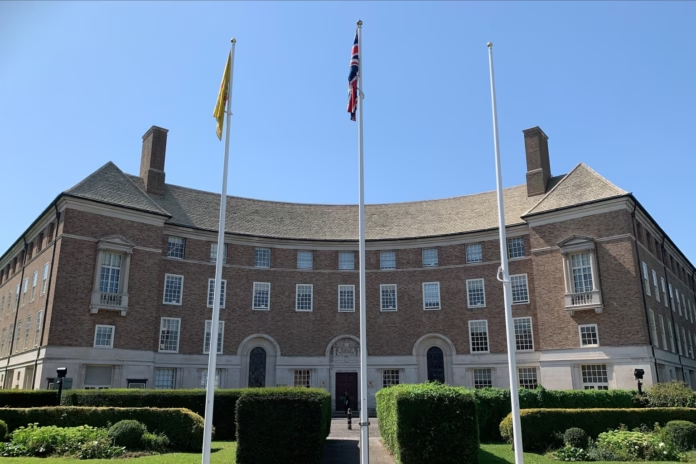Councils are being “too cautionary” about lending money through the inter-authority market, with now being the opportune time “to make hay while the sun shines”, treasurers have stressed.
At Room151’s LATIF North conference in York, treasurers discussed the current lack of liquidity in the short-term lending market between local authorities.
Speaking to delegates, Jon Clarke, treasury manager at Derbyshire County Council, stated that the “biggest challenge” the inter-authority market faces moving forward is the recent issuances of section 114 notices, which has “created less availability”.
Since 2018, eight councils have issued section 114 notices. One of these is Thurrock, which borrowed £687.5m from counterparties in the inter-authority market before it declared that it could not balance its budget.
This in turn has led to a “reticence” in the market from some councils to lend to authorities that are in slight financial difficulty or completely withdraw from the market altogether.
Despite this, Clarke stressed that Derbyshire still lends money within the inter-authority market and has had no issues with repayment.
“Moving forward, if you’re a brave section 151 officer, this is a great opportunity to make hay while the sun shines. And just a cautionary tale that if we’re all too concerned, then the current flexibility that this market offers will be lost on us,” Clarke stated.
A risk that doesn’t exist?
Danny Mather, head of corporate finance at Warrington Borough Council, told attendees that the council added to the inter-authority lending market last week at a rate of 7%.
“It was very, very sad in many ways because of the rate we got and the cost it will be to the authority who is borrowing due to the lack of liquidity; it’s frightening,” Mather stated.
No local authority has ever defaulted on a debt, so “perhaps we are overstressing a risk that doesn’t exist”, Mather stated.
Recently, Local Government Pension Scheme (LGPS) funds have also been injecting cash into the inter-authority lending market to help overcome the lack of liquidity, with West Yorkshire Pension Fund committing £100m towards the market. The fund will lend money to any single local authority even if they have issued a section 114.
However, Innes Edwards, principal treasury and banking manager at the City of Edinburgh Council, stated that even though the authority is “quite comfortable” with lending to other councils within the market, it does not lend to all.
“We did take some decisions quite early on. I was on a treasury management panel arguing against local authorities borrowing from the Public Works Loan Board and buying commercial properties with it. Particularly when we discovered Mansfield, who bought one hotel in the West End of Edinburgh, and we just didn’t think that the risk was correct for local authorities.
“From this, we thought that we shouldn’t be lending to those local authorities with a large commercial property going forward, but we generally support the sector,” Edwards added.
Room151’s annual treasury and finance survey in 2023 revealed that close to 60% of local authorities are now more selective about who they lend to, while 10% of councils who took part in the survey said they had significantly reduced the amount they lend to other local authorities.
Broken market
However, the overall sentiment on the panel was that the inter-authority lending market is broken, with Mark Finnegan, lead treasury accountant at West Midland Combined Authority, adding that it “isn’t going to function properly without liquidity”.
In addition, Khadija Saeed, head of corporate finance at Lancashire County Council, remarked that now is the time for taking out “short-term or medium-term vaults” as interest rates are expected to come down to 4% or 3.5% over the next year.
“Traditionally” liquidity is tight in March, so at the end of April there should be more cash available in the inter-authority market, however that is not saying that it will be “geared up for demand and supply” of liquidity, Clarke added.
A full round-up of the LATIF North conference can be read in two parts, with the first focusing on the morning session here, and the second assessing the rest of the day’s events here.
—————
FREE bi-weekly newsletters
Subscribe to Room151 Newsletters
Follow us on LinkedIn
Follow us here
Monthly Online Treasury Briefing
Sign up here with a .gov.uk email address
Room151 Webinars
Visit the Room151 channel














